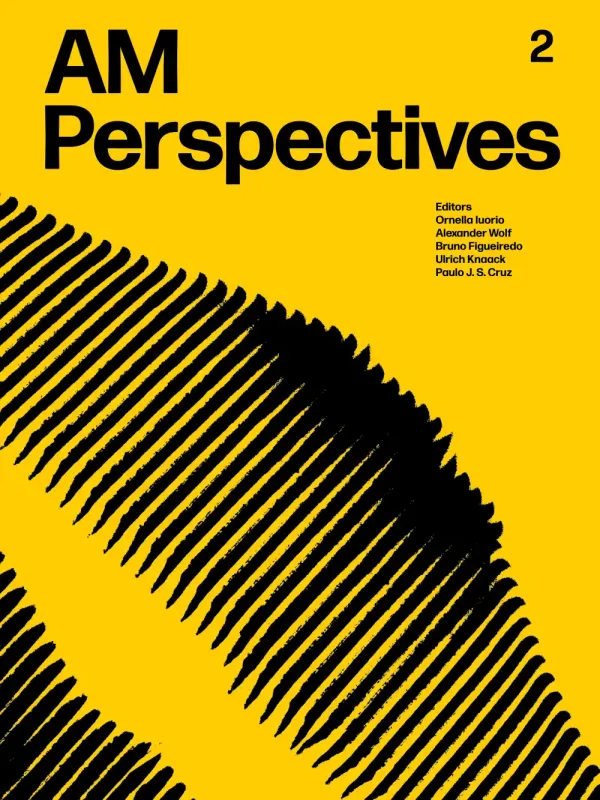MULTI-SCALE HYBRID TOPOLOGY OPTIMISATION
FOR ADDITIVE MANUFACTURING SHELL ENVELOPES USING ADVANCED ALGORITHMS
Synopsis
The synthesis of shell shapes for robotic Additive Manufacturing (AM) with earth-based composites is crucial due to rapid hardware advancements, increased AM accessibility, and the drive for sustainable construction. Shell structures, known for their material efficiency, design flexibility, and load-bearing capabilities, often face deformation and failure during construction, especially when using earthen and cement-based materials. The traditional masonry shells capitalize on compression strengths, AM introduces challenges such as increased tensile stresses, bending moments, and the necessity for supports in cantilevered sections. Addressing these issues is key to advancing sustainable shell envelope construction through robotic AM. Advances in computational framework methods are introduced, enabling the design and mass customization of shell envelopes to explore various design scenarios suitable for construction AM, focusing on self-supporting surfaces that utilize ribbed systems to enhance structural efficiency. The development of HybridOpt, a C# based Grasshopper plugin, is presented as a tool to establish a seamless connection between Grasshopper and SAP2000v24 via its Open Application Programming Interface (OAPI) in C# for a comprehensive analysis of shell maximum stresses and strain. The computational framework integrates the Bidirectional Evolutionary Structural Optimization (BESO) method to enable mass customization of ribs while leveraging finite element analysis (FEA) software. Additionally, Karamba3D, a Grasshopper plugin, performs principal stress analysis within the shell envelope, enhancing structural performance evaluation and optimization of the shell mass and strain energy. Furthermore, the acquired technique explores the effects of topology optimization strategy on the structural performance of AM shell envelopes, offering a comprehensive computational framework for the future construction of AM applications.






